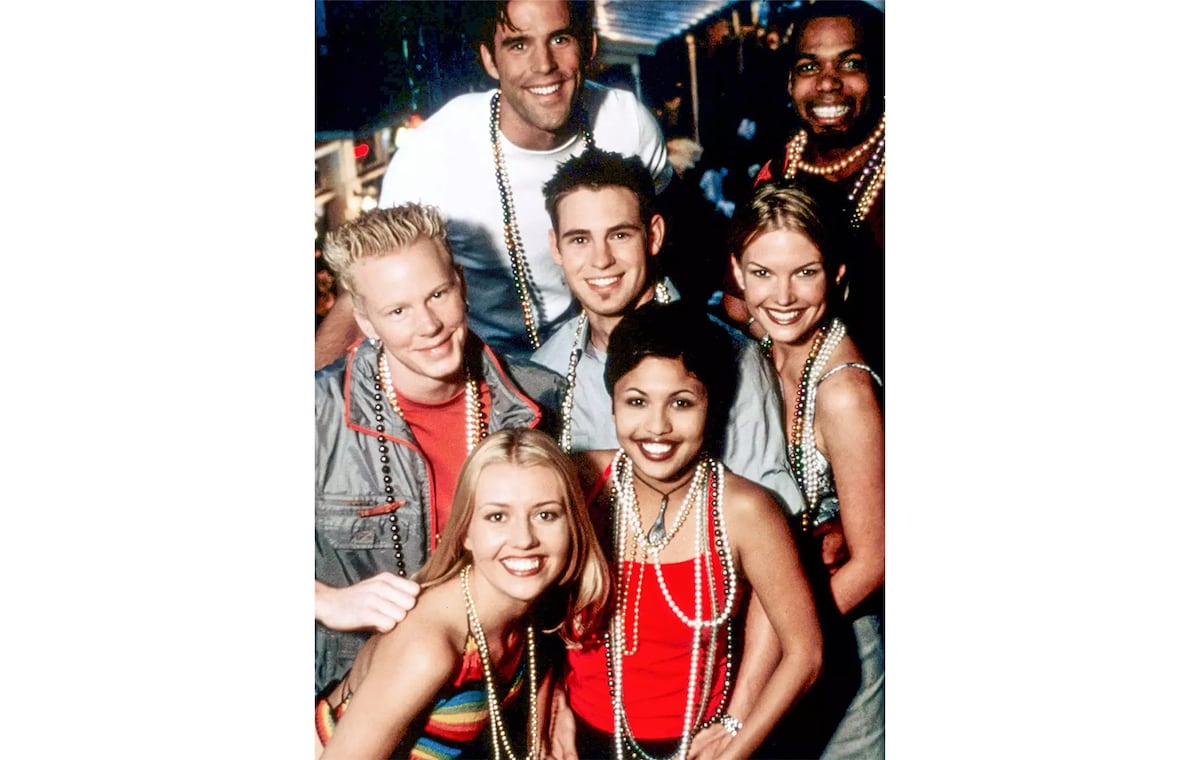The Utes’ linebacking group, with its talent and returning experience, is expected to be the driving force of success for Morgan Scalley’s defense this season, and Hall — the presumed LB3 alongside …
Johnathan Hall is an important piece at a position of strength for the Utah defense going into the 2025 season.
The Utes’ linebacking group, with its talent and returning experience, is expected to be the driving force of success for Morgan Scalley’s defense this season, and Hall — the presumed LB3 alongside seniors Lander Barton and Levani Damuni — will play a major role in it.
Advertisement
For the first time since he arrived in Utah ahead of the 2023 season, Hall has had a full offseason as a linebacker. The junior started off his college career at safety, but was moved to linebacker going into 2024.
With that full offseason to continue to hone his skills at the new position, both the player and his position coach are understandably optimistic about what Hall can accomplish in 2025.
“I’m really comfortable. Really comfortable,” Hall said Thursday, about working next to Barton and Damuni in the middle of what is annually a tough Utah defense.
Utah linebackers coach Colton Swan, too, has high expectations for Hall in 2025.
Advertisement
“I think I’m going to be pleasantly surprised with how much development and growth he’s had,” Swan said July 30, the day fall camp opened. “You know, we flipped him right to linebacker before the start of the season last year, and so, not fair to him to have any experience doing it, but he did a great job.
“Now going through a spring and leading into this fall, he’s a phenomenal player as it is, but now he’s had a year under his belt. I’m expecting some great things.”
Hall’s first experience playing linebacker in college was a success. During the 2024 season, Hall had 38 tackles, nine tackles for loss, one sack and four passes defended, along with an interception.
His nine tackles for loss tied for the team lead.
“I think I’ve grown a lot, truly a lot. Coach Swan is a big part of that. And I just, I give him 100% of everything I have.”
Utah linebacker Johnathan Hall
Hall credited his fellow starters, Barton and Damuni, for the help they’ve given him in finding that level of comfort, one year after logging his most significant reps as a Ute. That included starting three games.
Advertisement
“(Barton and Damuni) helped me a lot, both of the guys, they helped me a lot,” Hall said.
For Hall, Barton and Damuni (the latter of whom missed last season due to injury), there will be a lot of expectations to deliver in the 2025 season — and that’s fine for a group that has more than 40 combined collegiate starts among them.
“I think we complement one another really well. I think Lander, he’s more of the talkative leader. I think I’m more of a playmaker, but I’m the leader, as in … I can get guys together, like, ‘Hey, let’s go,’ things of that nature,” Hall said.
“And then Levani, he’s a vet, man. He’s been here for, I don’t know how long he’s played in college. He’s definitely a great addition to our linebacking corps.”
Advertisement
Hall also gives a lot of credit to Swan for the growth he’s seen at linebacker.
“I think I’ve grown a lot, truly a lot. Coach Swan is a big part of that,” he said. “And I just, I give him 100% of everything I have.”
With Utah’s season opener at UCLA on Aug. 30 just three weeks away, Hall is liking what he’s seeing from the defense as a whole.
“I think the defense is progressing really well. I love the tempo,” he said following Utah’s second day in full pads during fall camp on Thursday. “I love the passion we’re playing with right now.”
He also has positive things to say about the offense he lines up against every day in practice as it goes through a transition to a spread offense under first-year coordinator Jason Beck.
Advertisement
“I love playing against it. It’s something I’ve never played against before, really unique, and I hope we can carry this on to the season,” Hall said.
“Just the style — the style is nothing that I’m used to: spread offense, a lot of motions, a lot of pulls, counters, things of that nature, so I’ve been getting used to it, but I really enjoy playing against it.”
One interesting wrinkle to that new-look offense is that Barton is getting reps at tight end — something head coach Kyle Whittingham first talked about at Big 12 media days in July and has garnered a fair amount of attention since then.
During his high school career at nearby Brighton High, Barton had 72 career receptions for 816 yards and 17 touchdowns. It’s an exciting element that Utah hopes to utilize in revitalizing its offense.
Advertisement
Hall hopes for success on that side of the ball for his linebacker mate, but he’s also jokingly ready for the competition when the two line up against each other in practice.
“We always joke about it … but he can’t catch no pass on me,” Hall said.

Utah linebacker Johnathan Hall (3) and safety Tao Johnson (15) tackle Oklahoma State running back Ollie Gordon II (0) in the second half of an NCAA college football game Saturday, Sept. 21, 2024, in Stillwater, Okla. | Mitch Alcala
Source: Utah News






